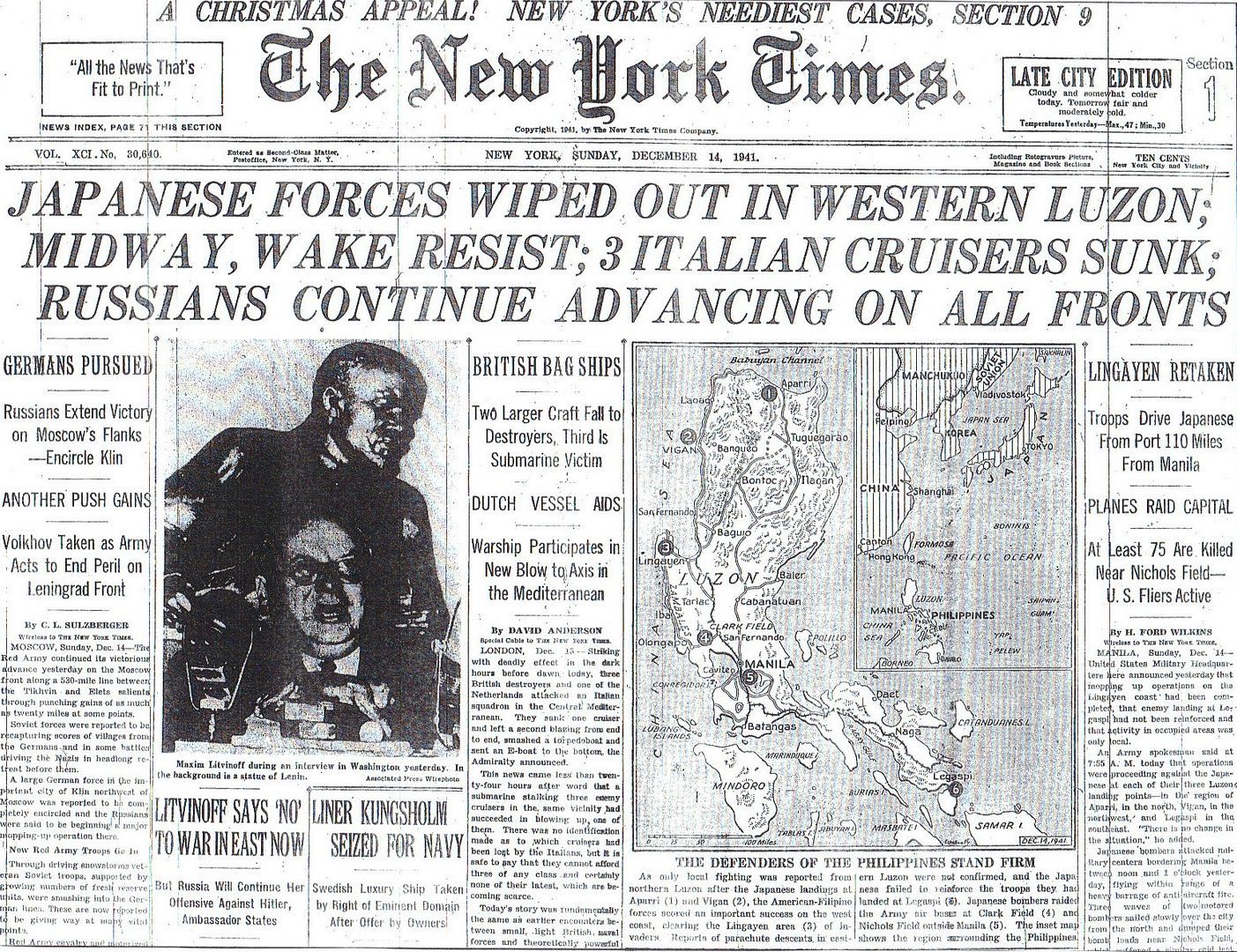
Posted on 12/14/2011 4:44:24 AM PST by Homer_J_Simpson

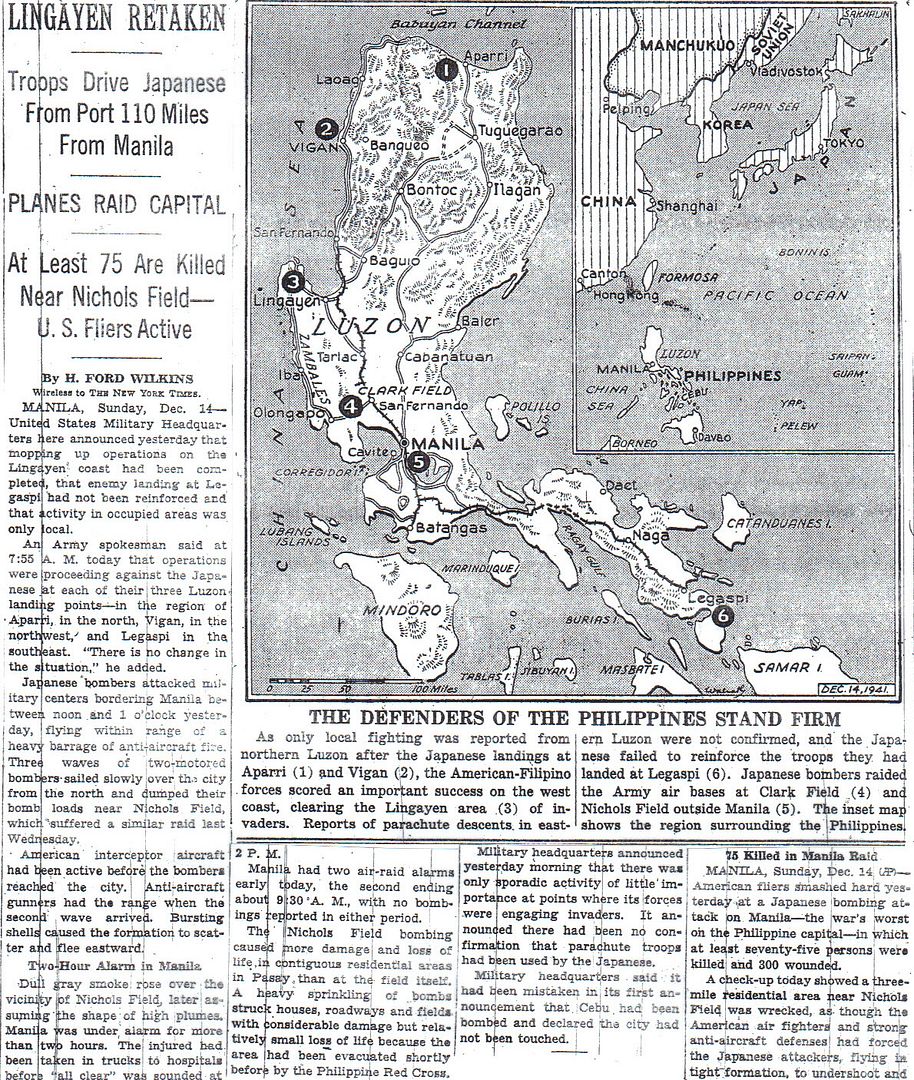
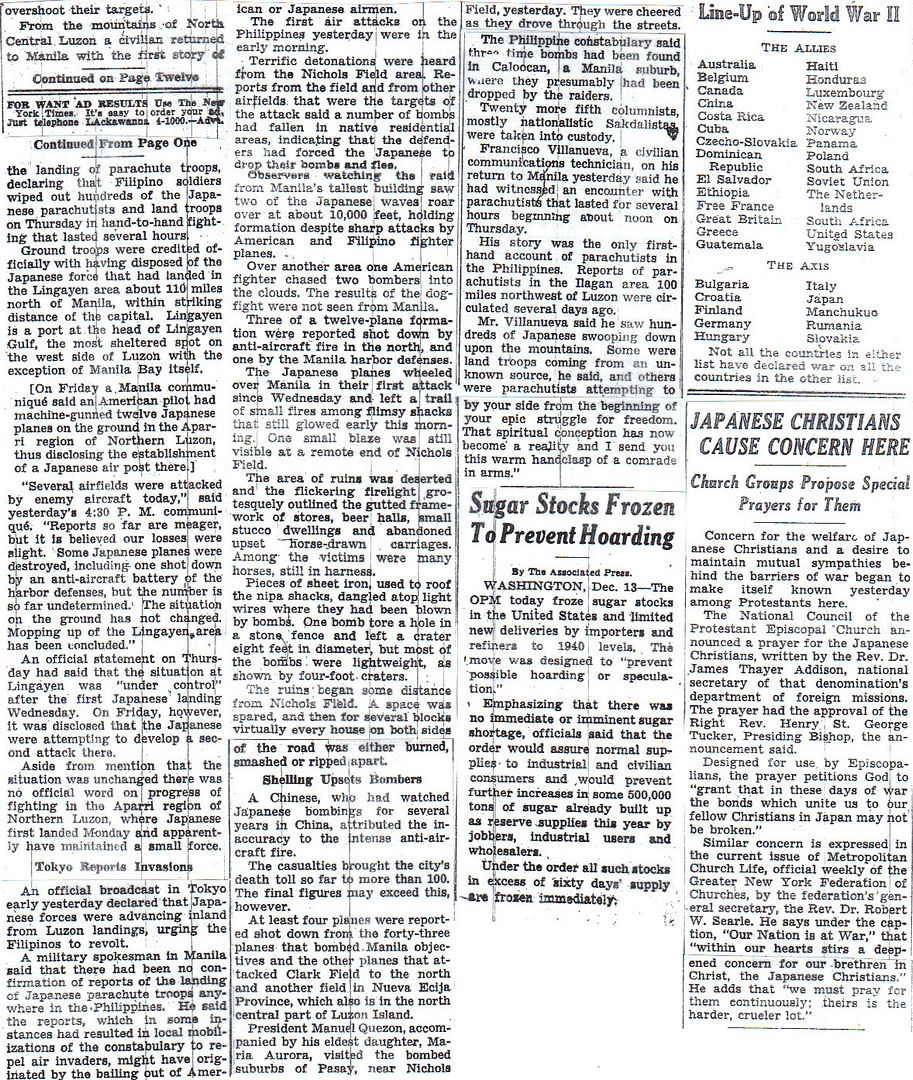
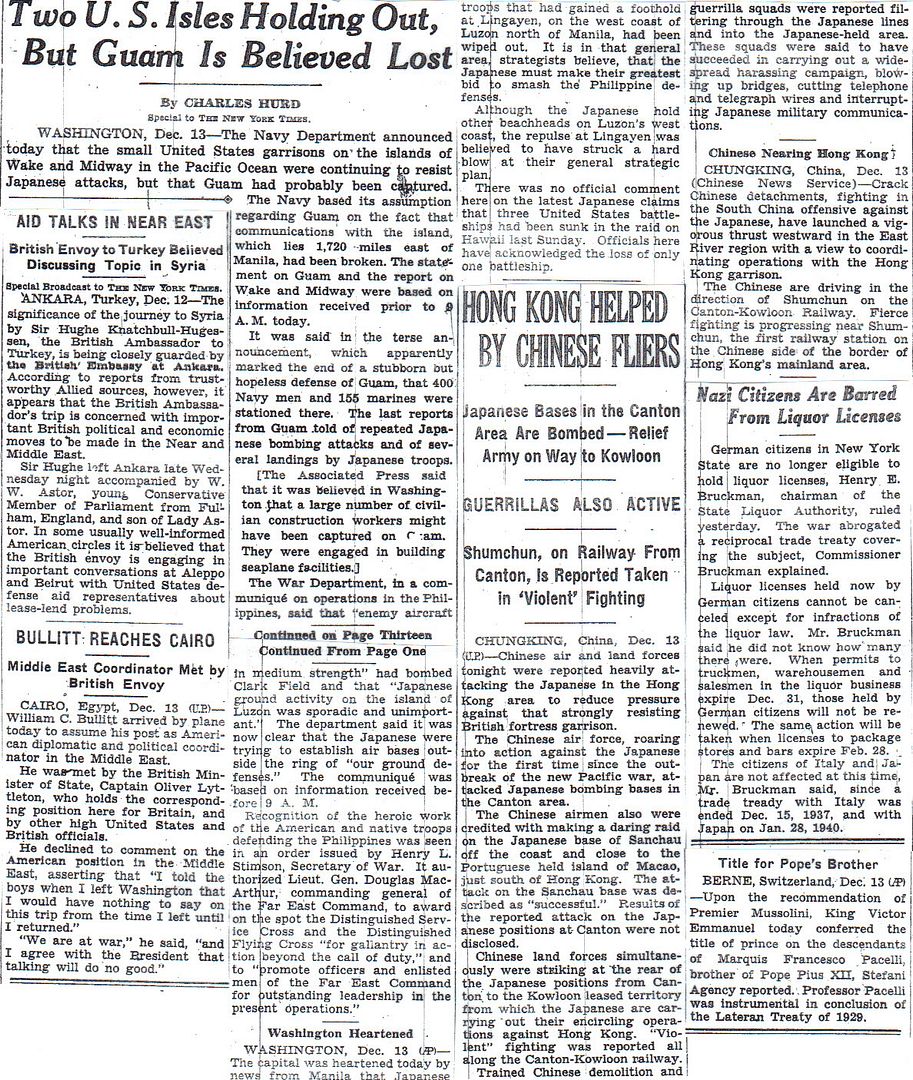
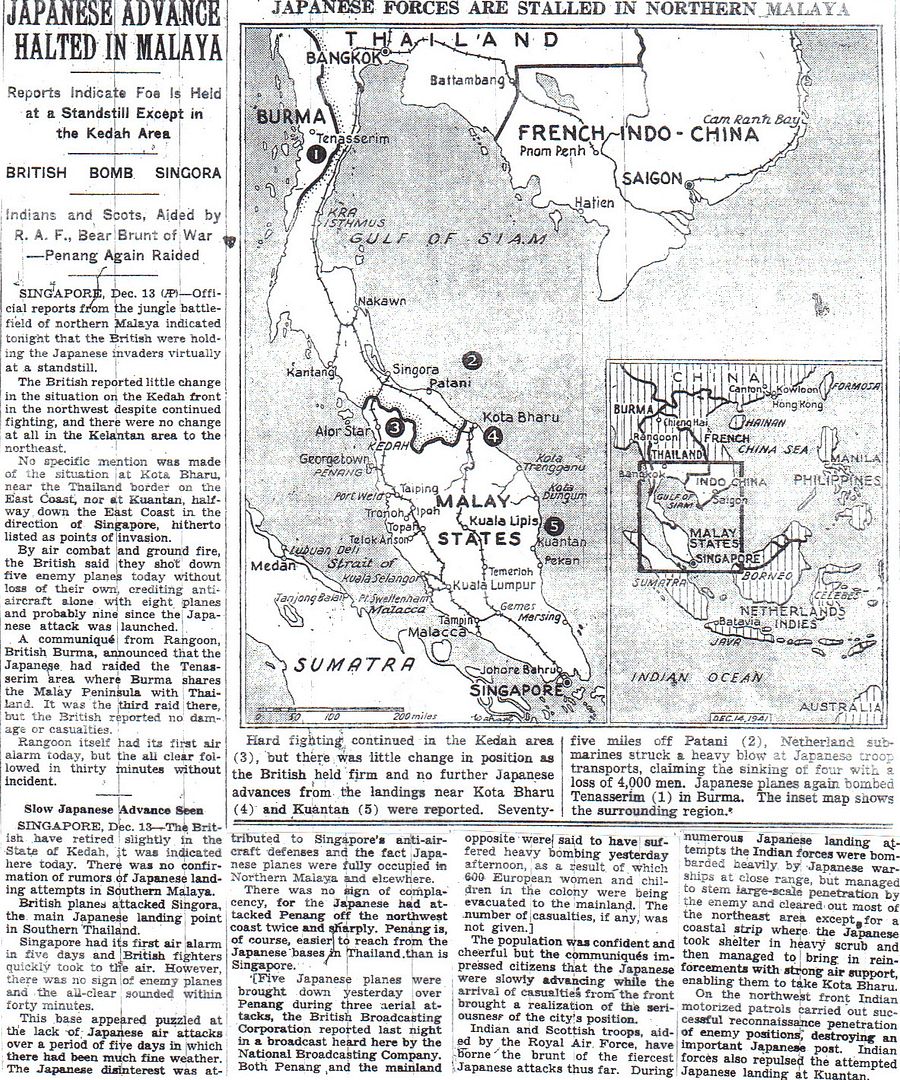
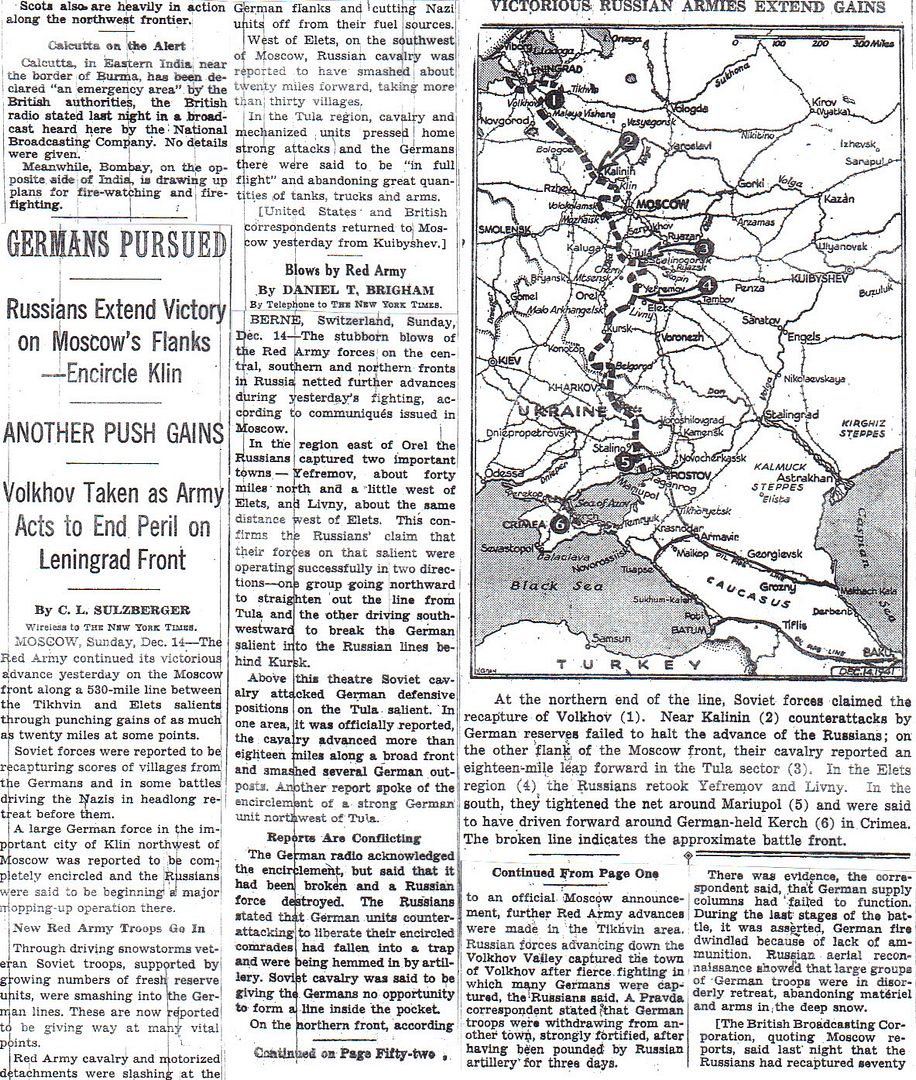
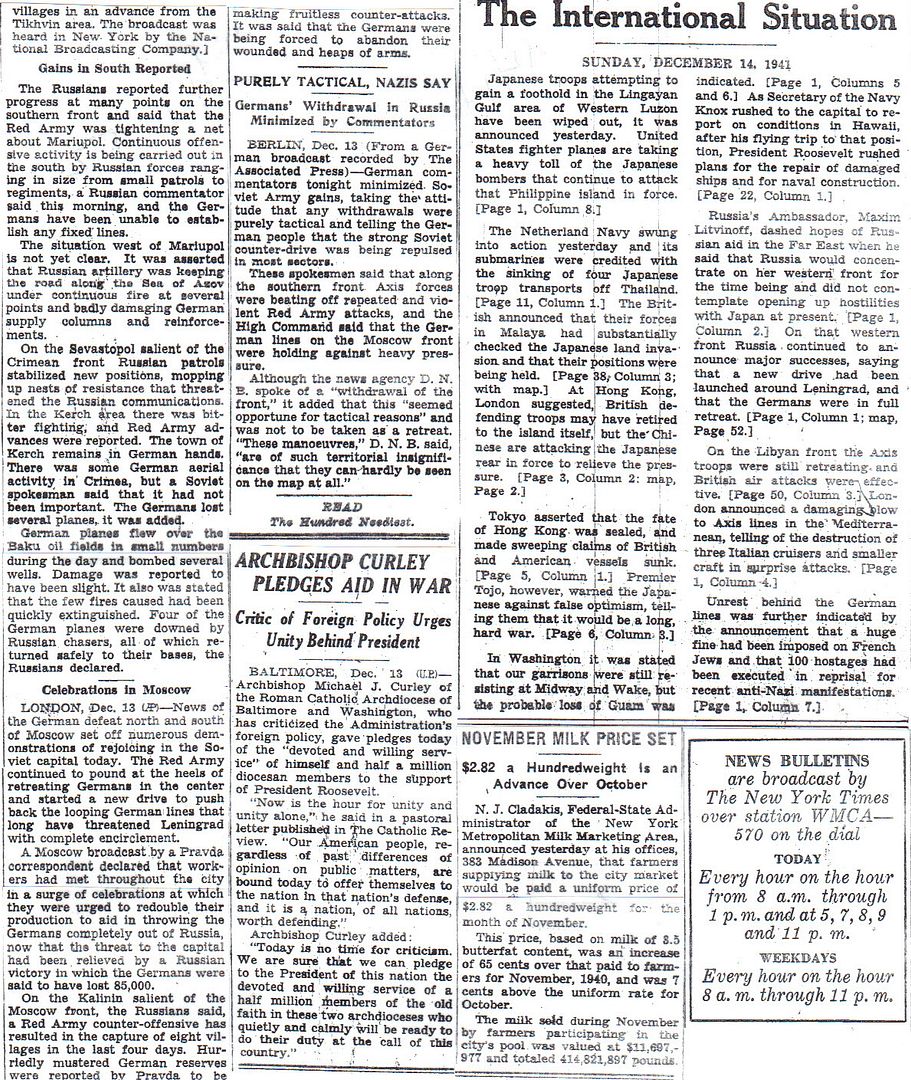
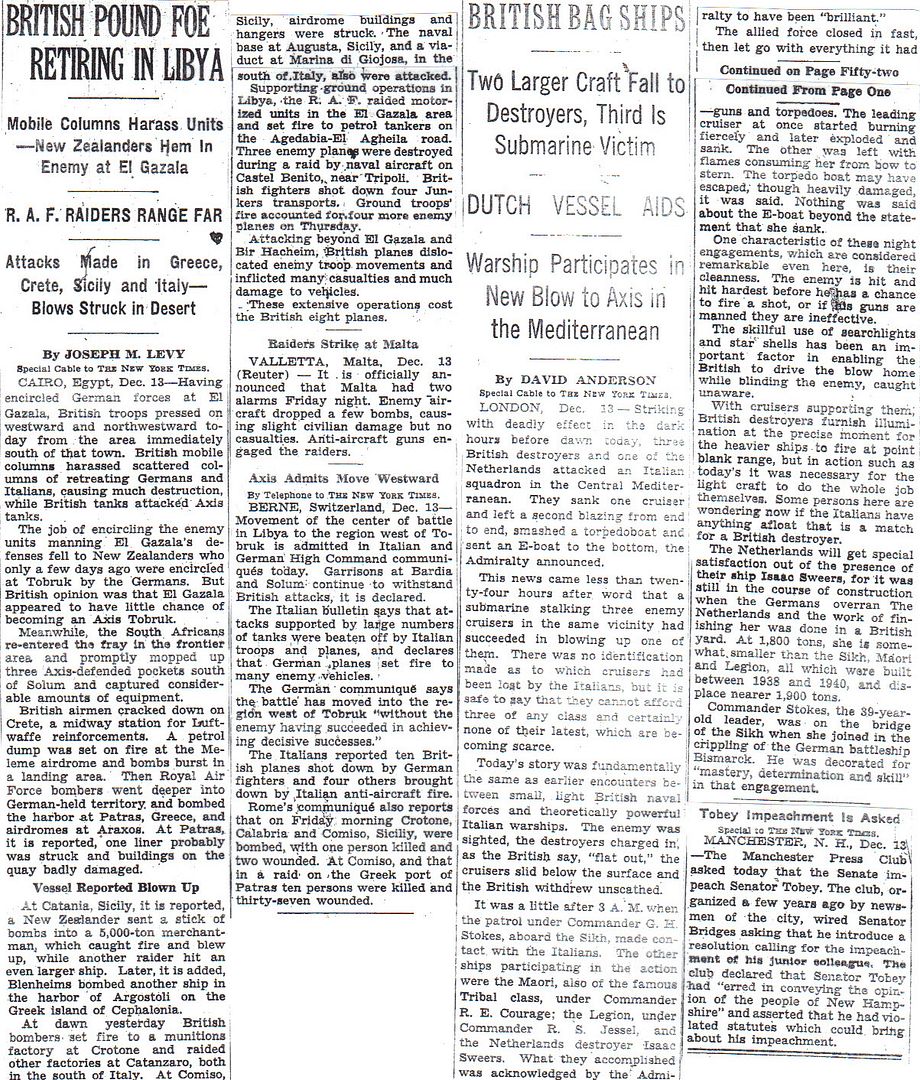
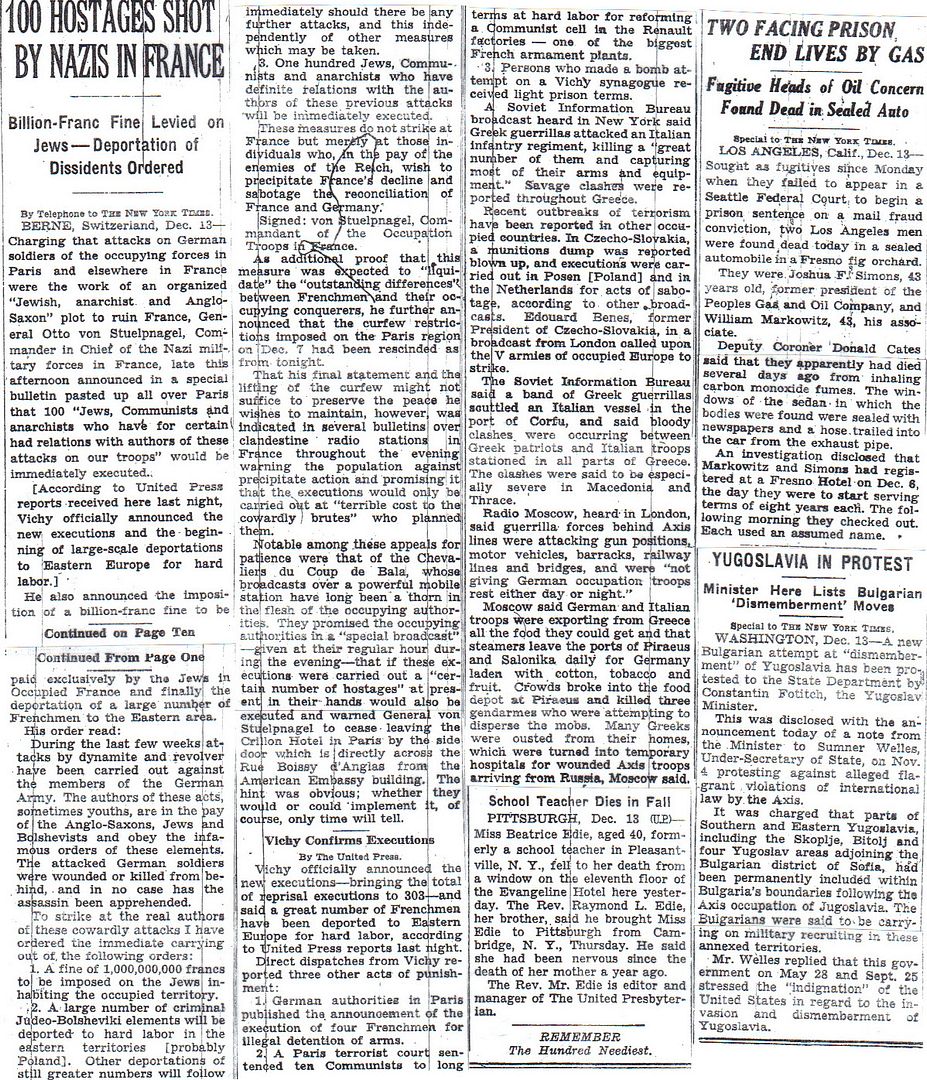
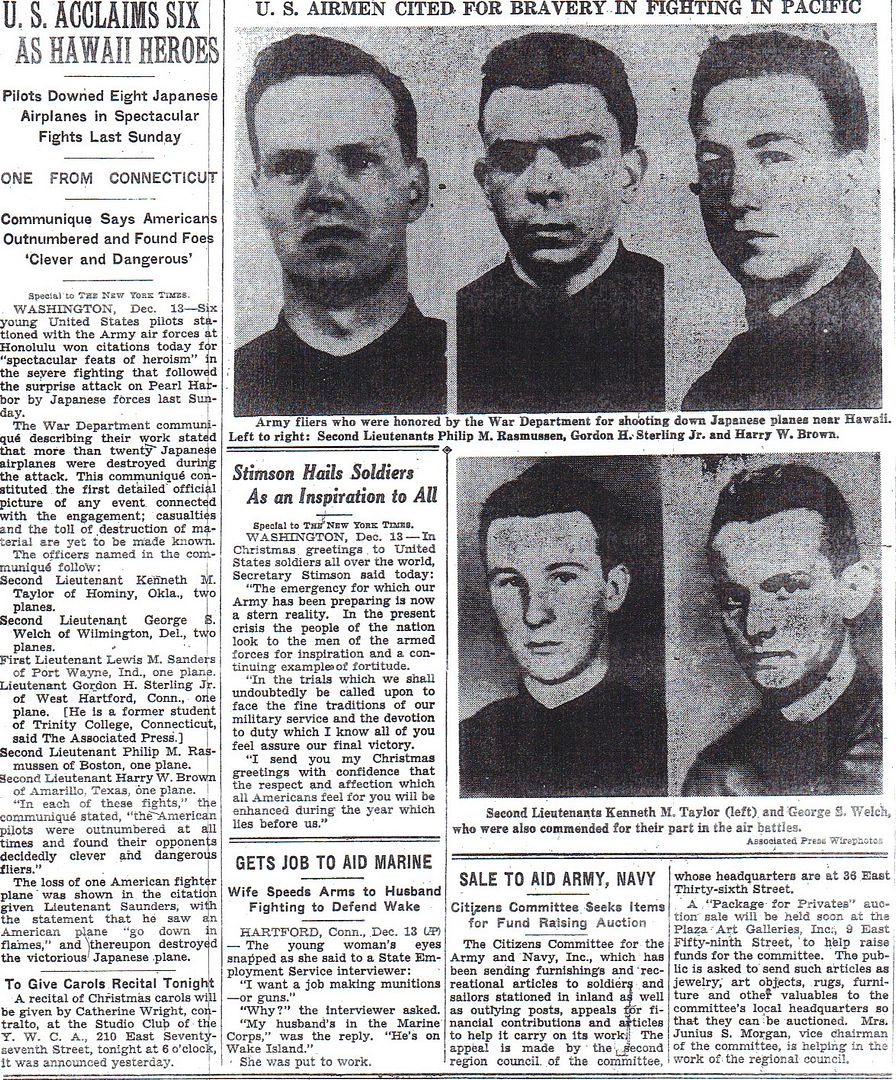
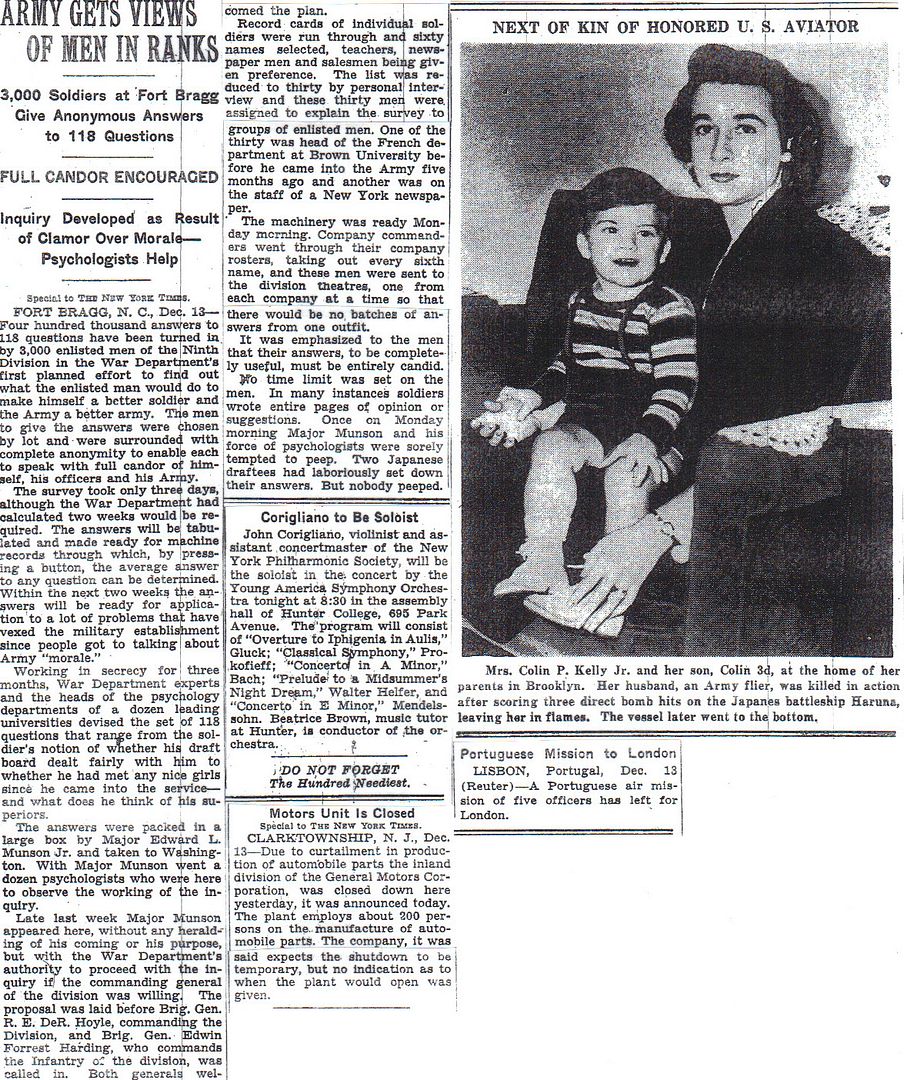
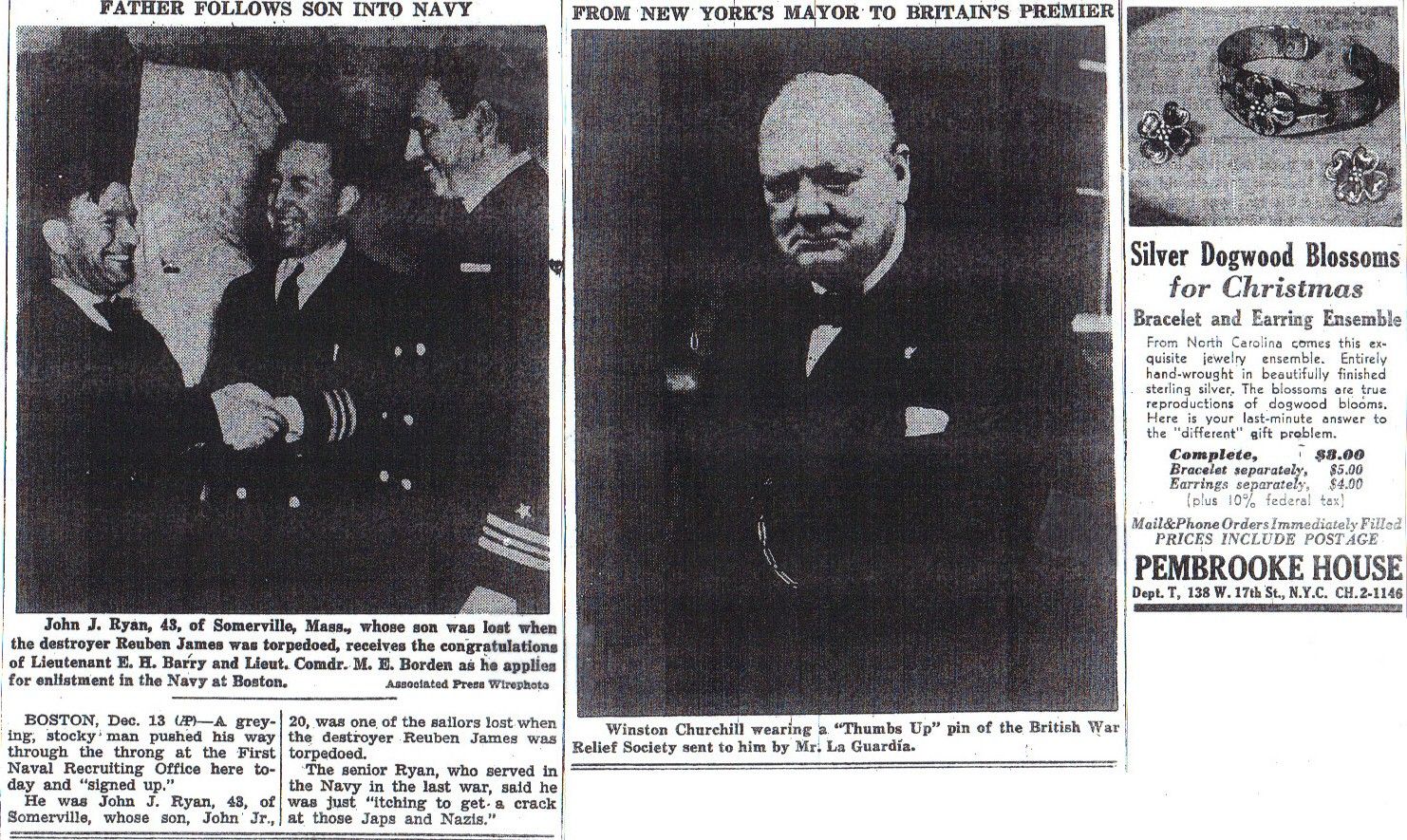

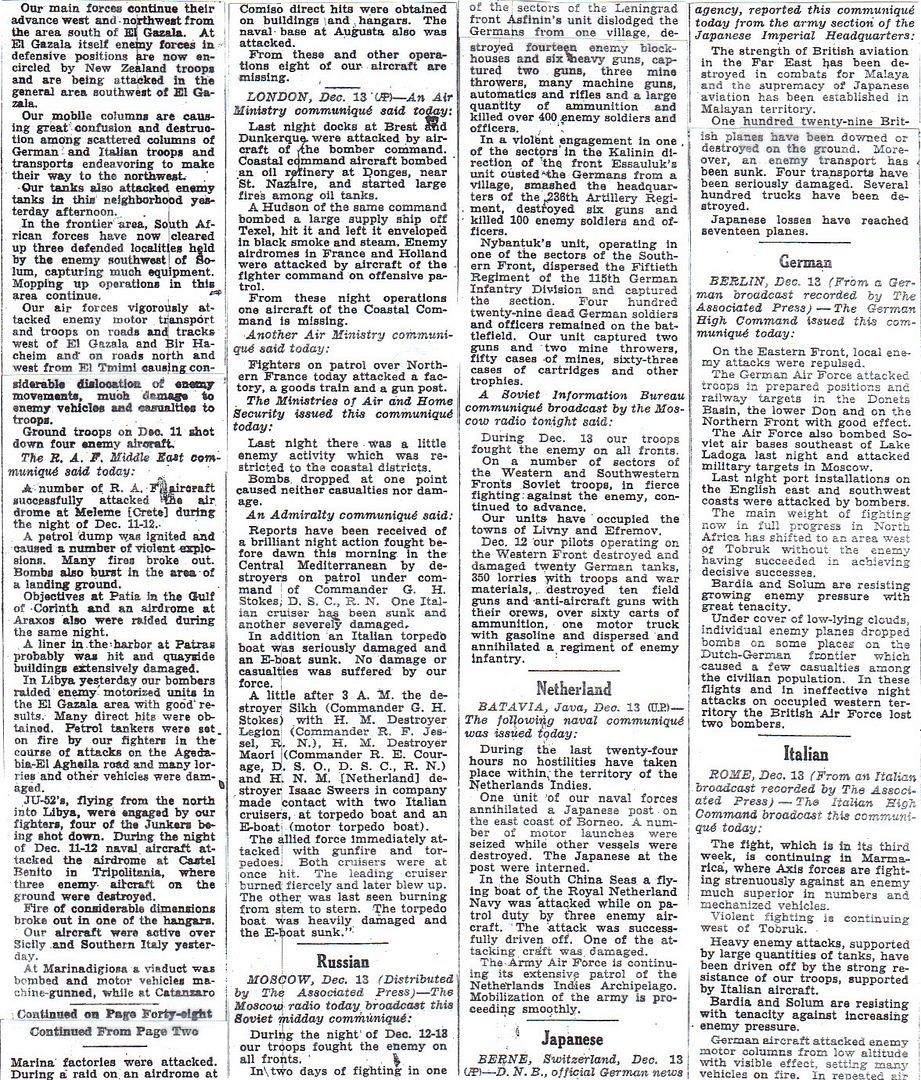
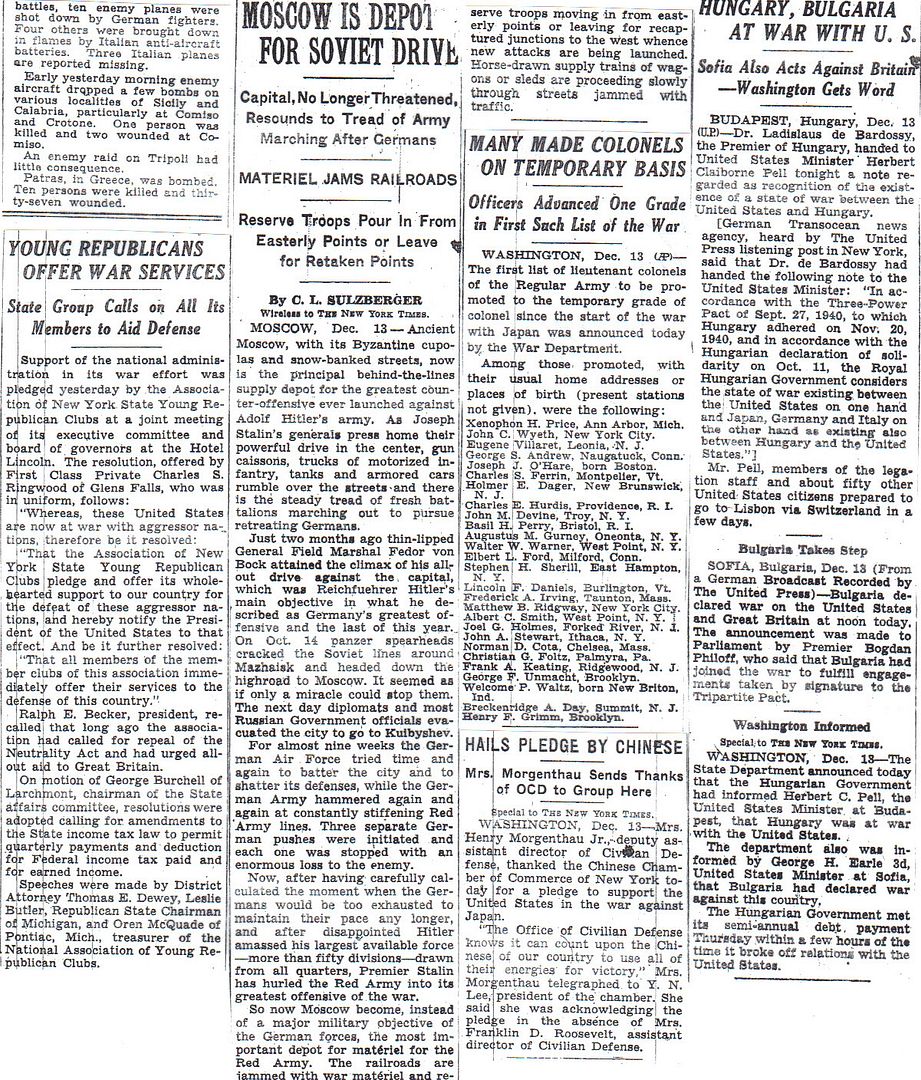
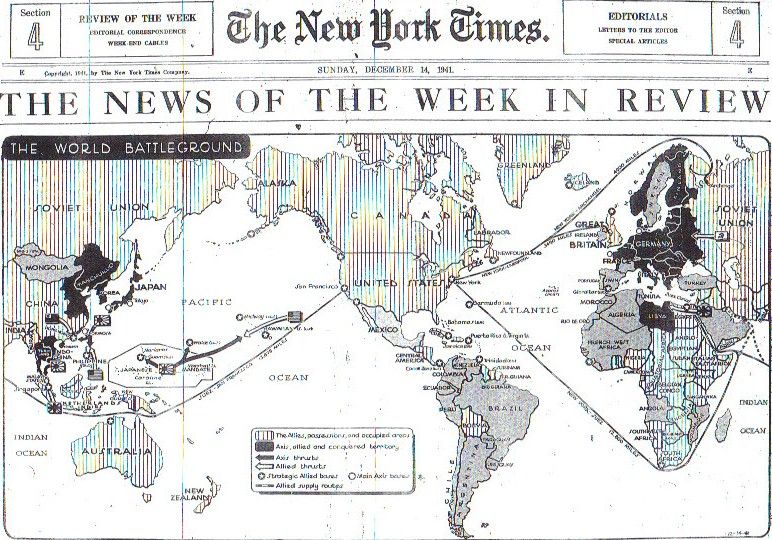
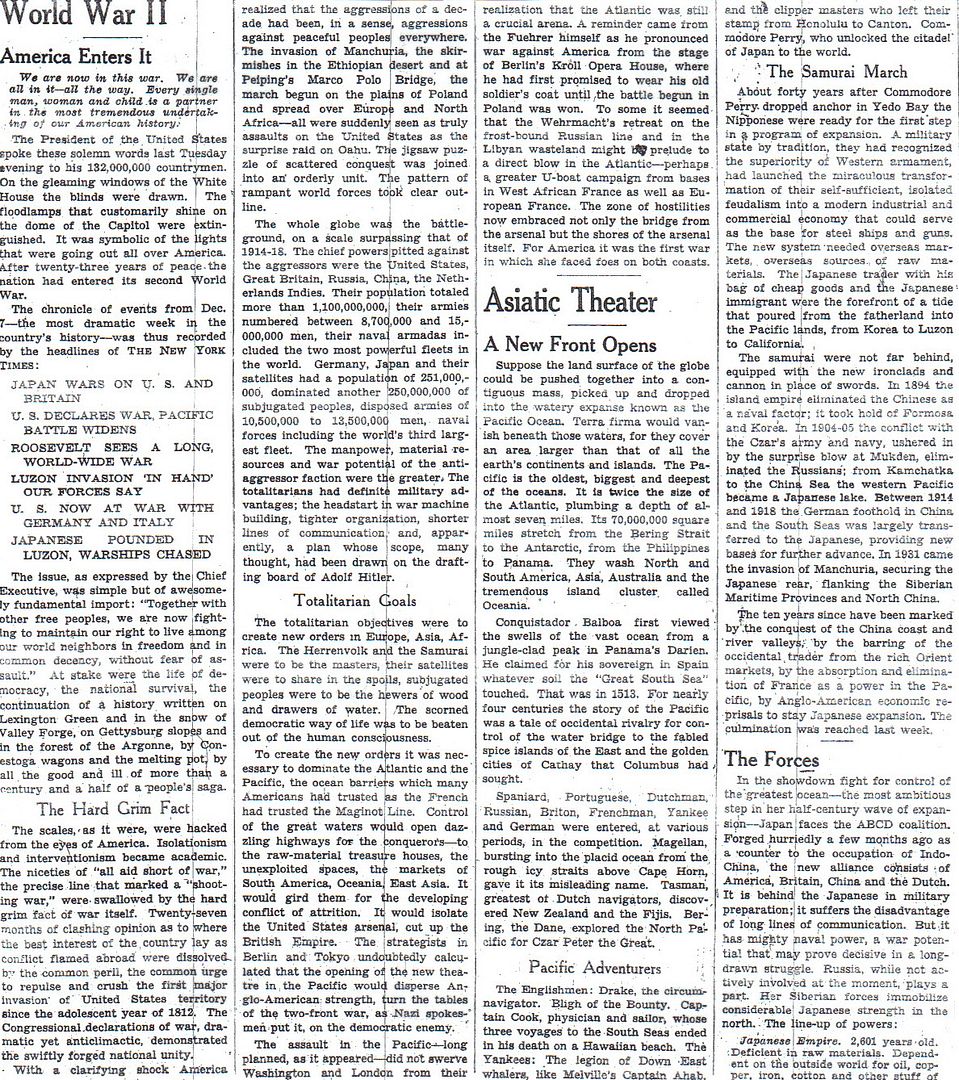
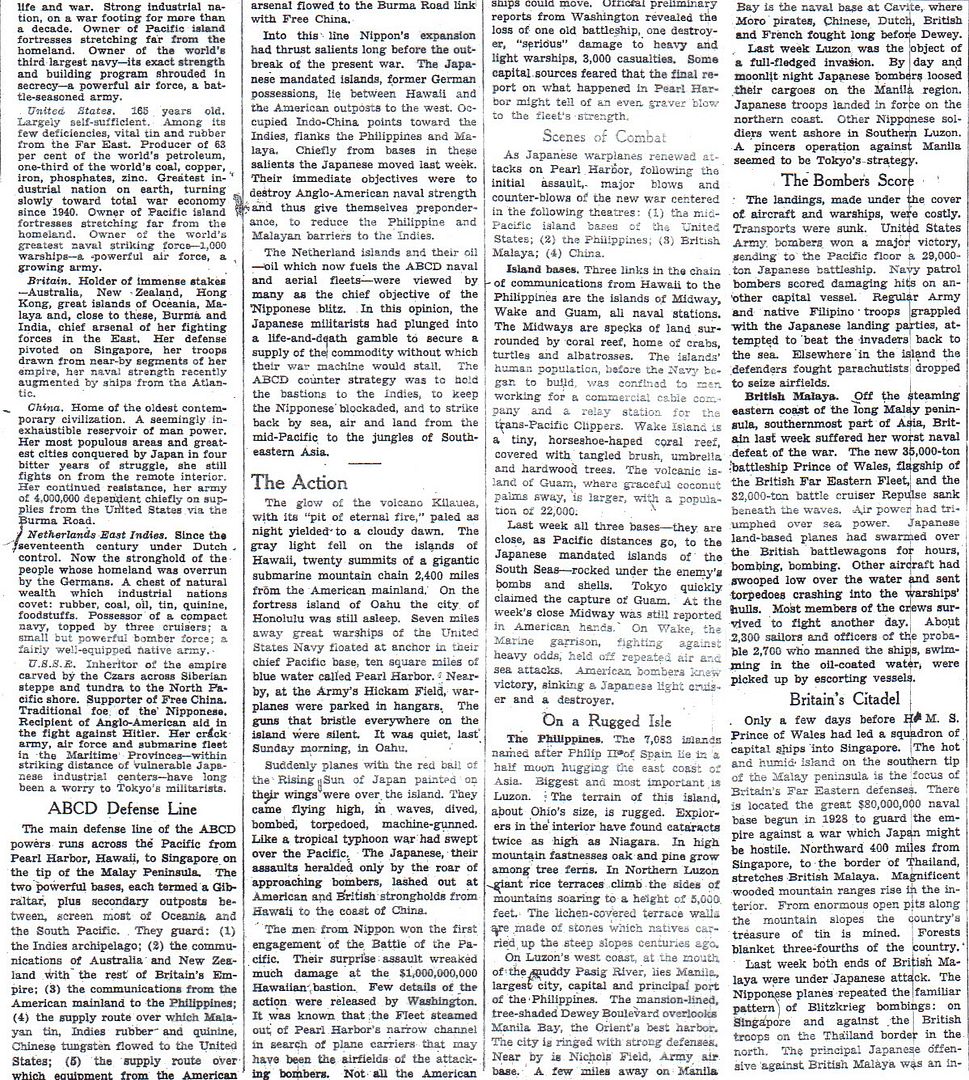
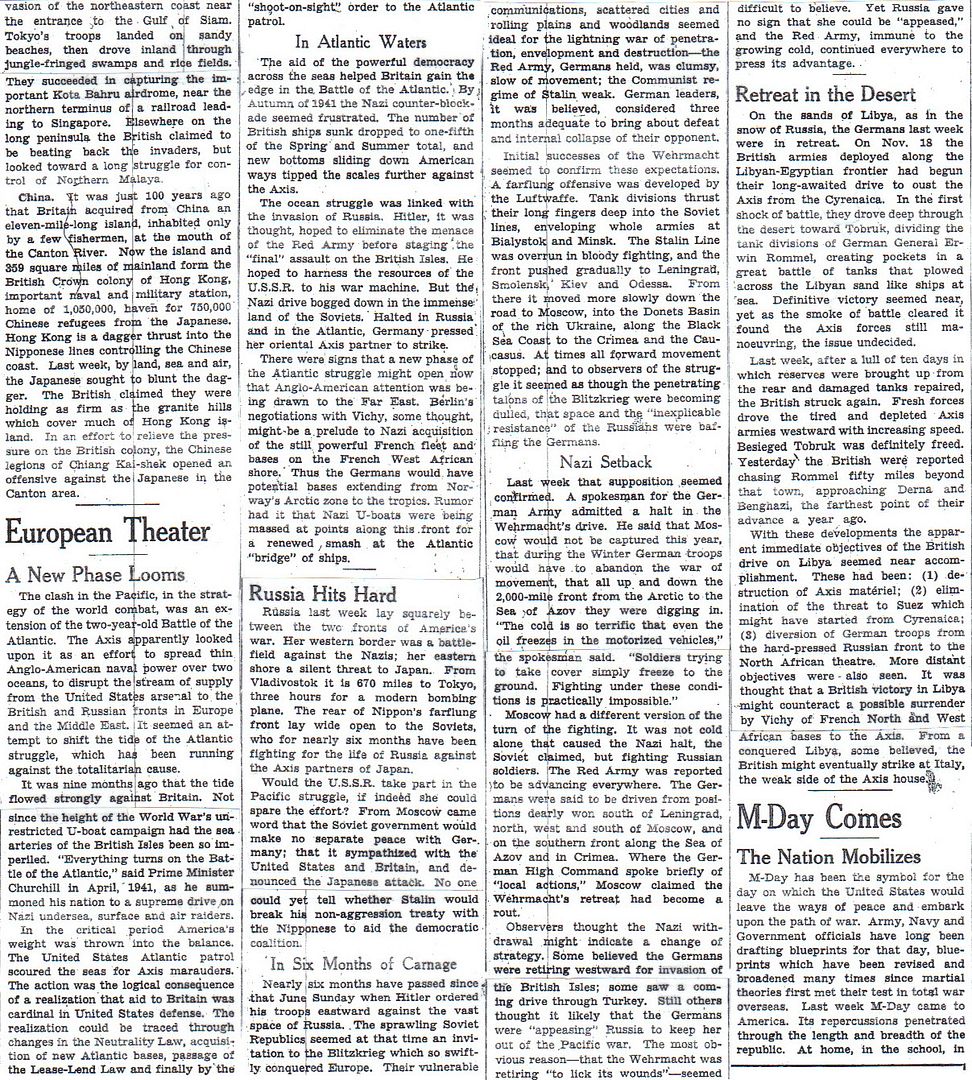

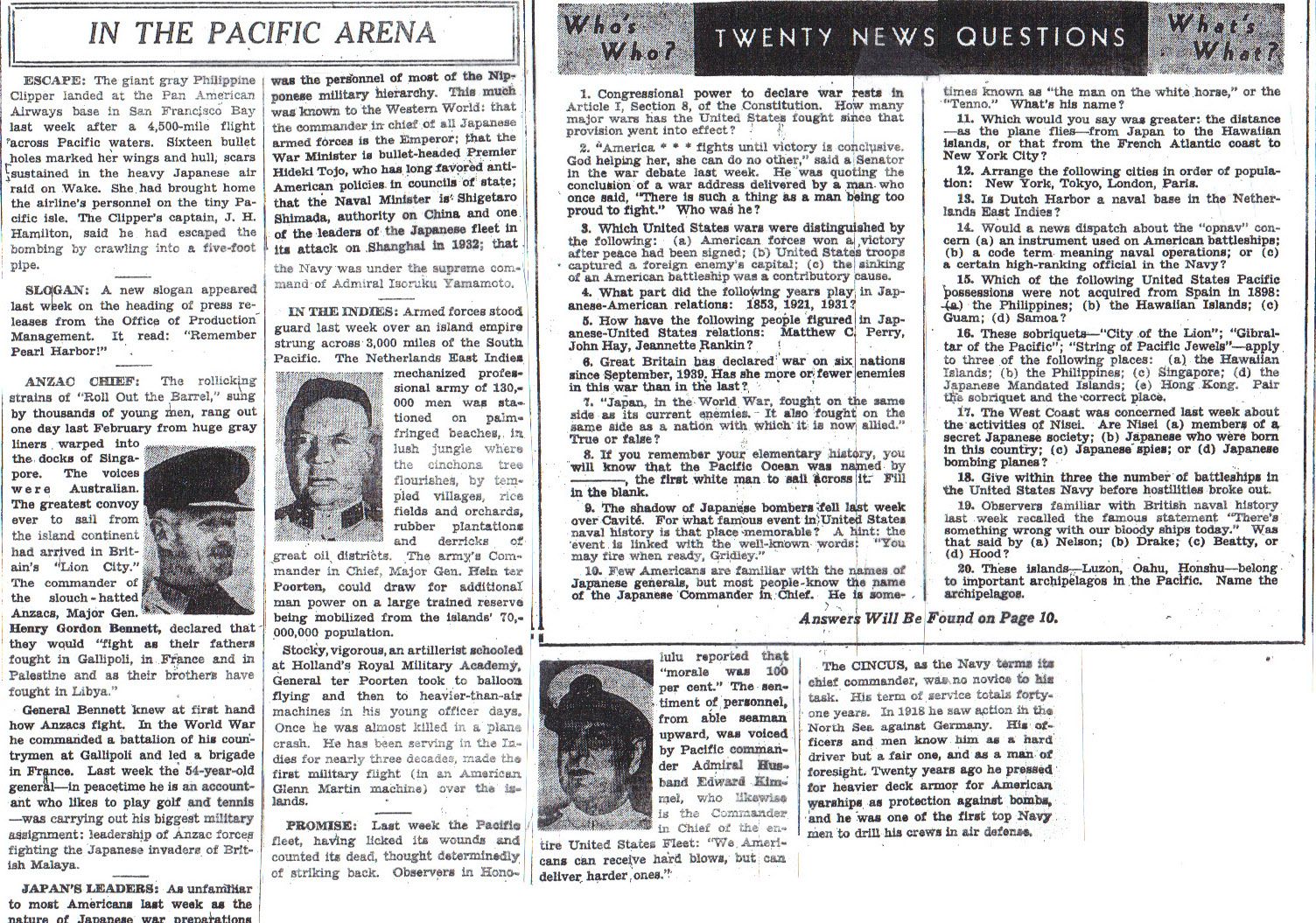
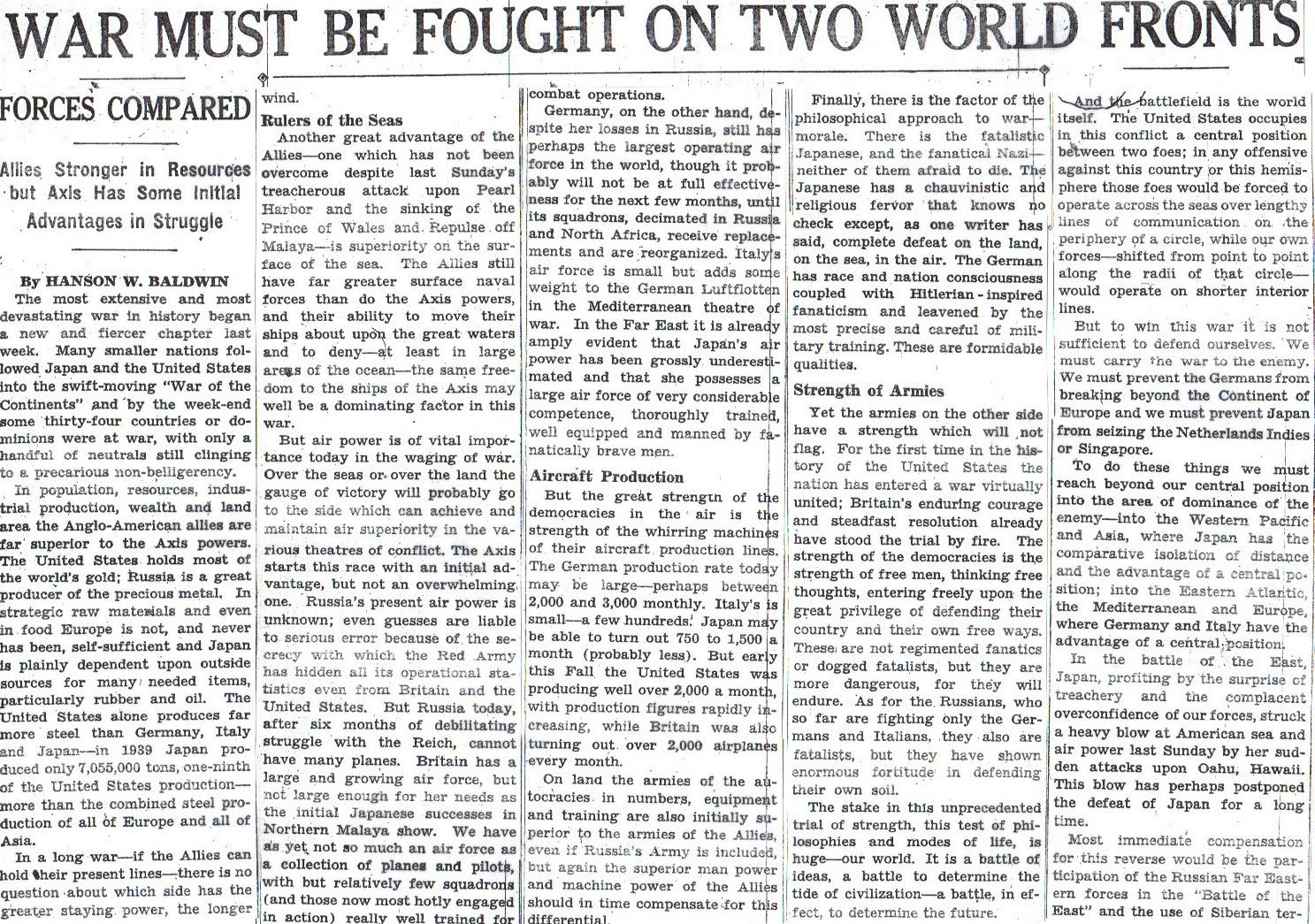

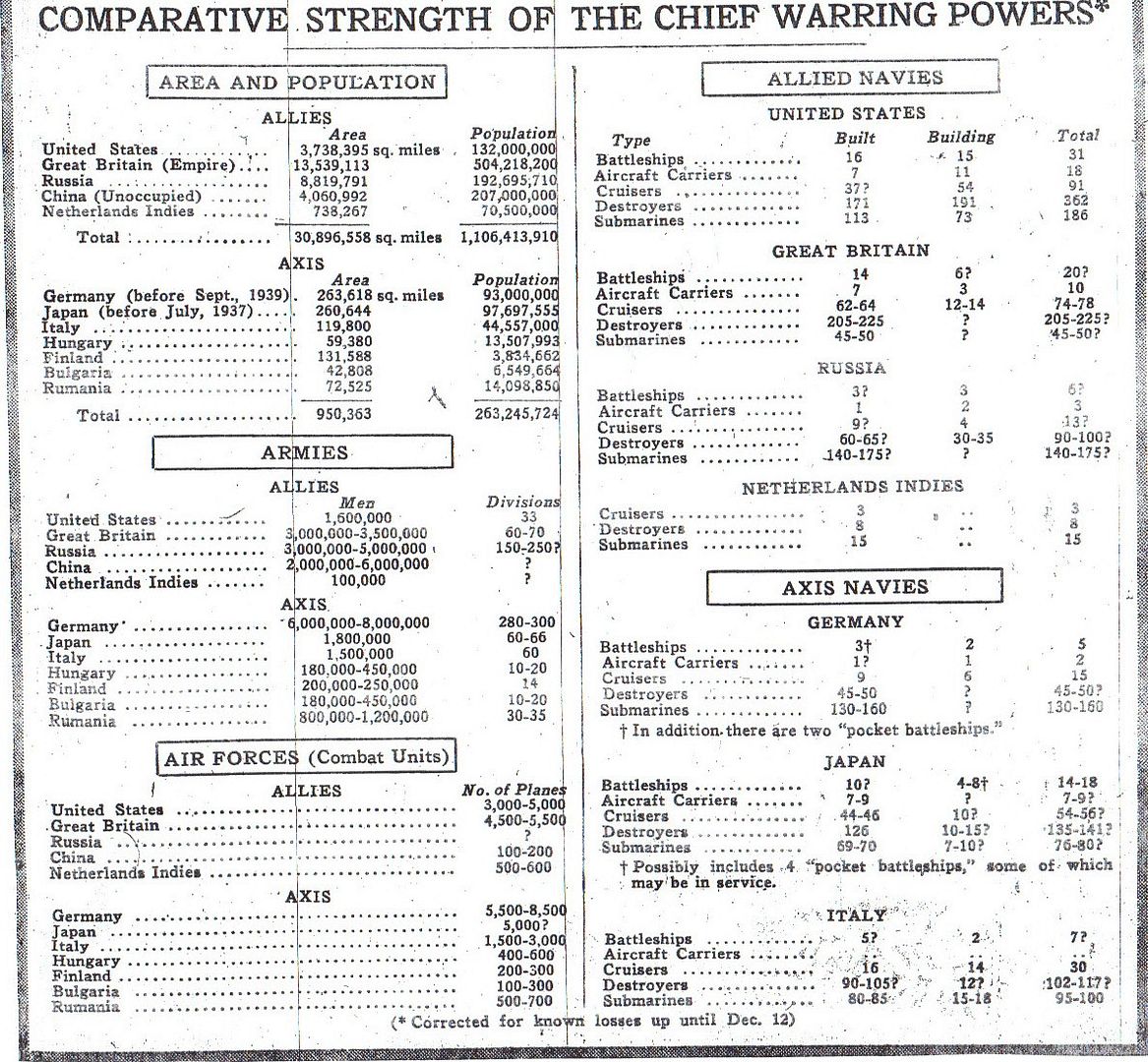
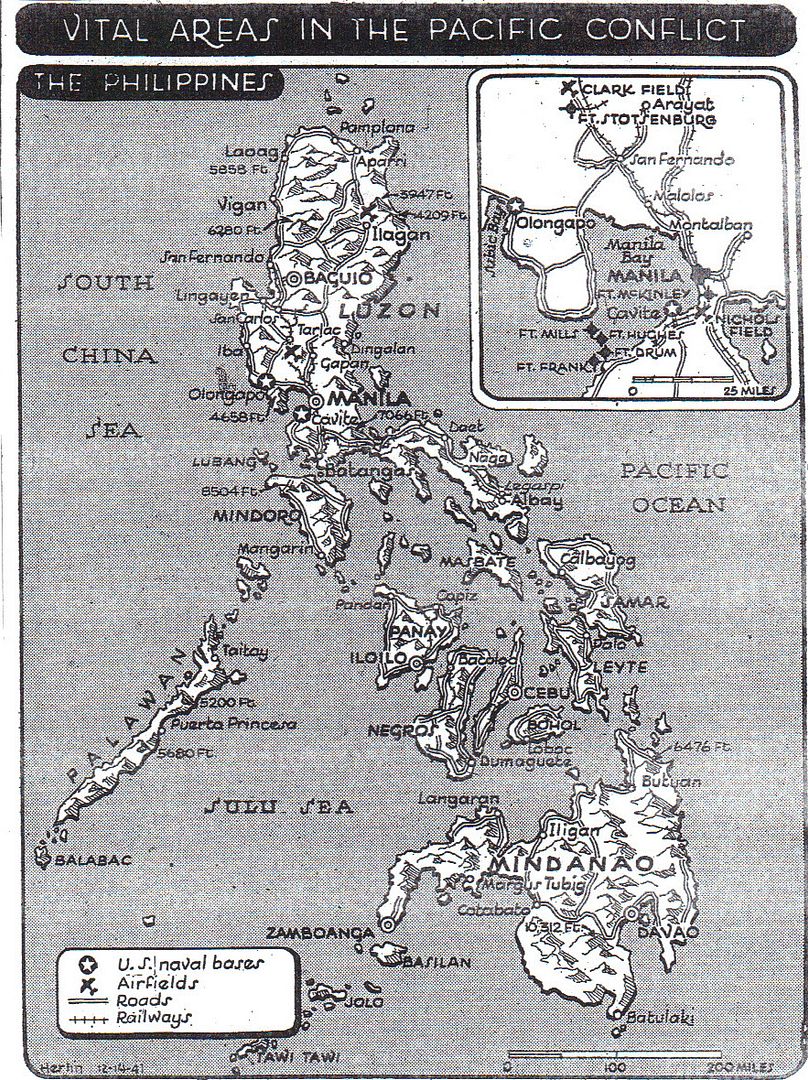

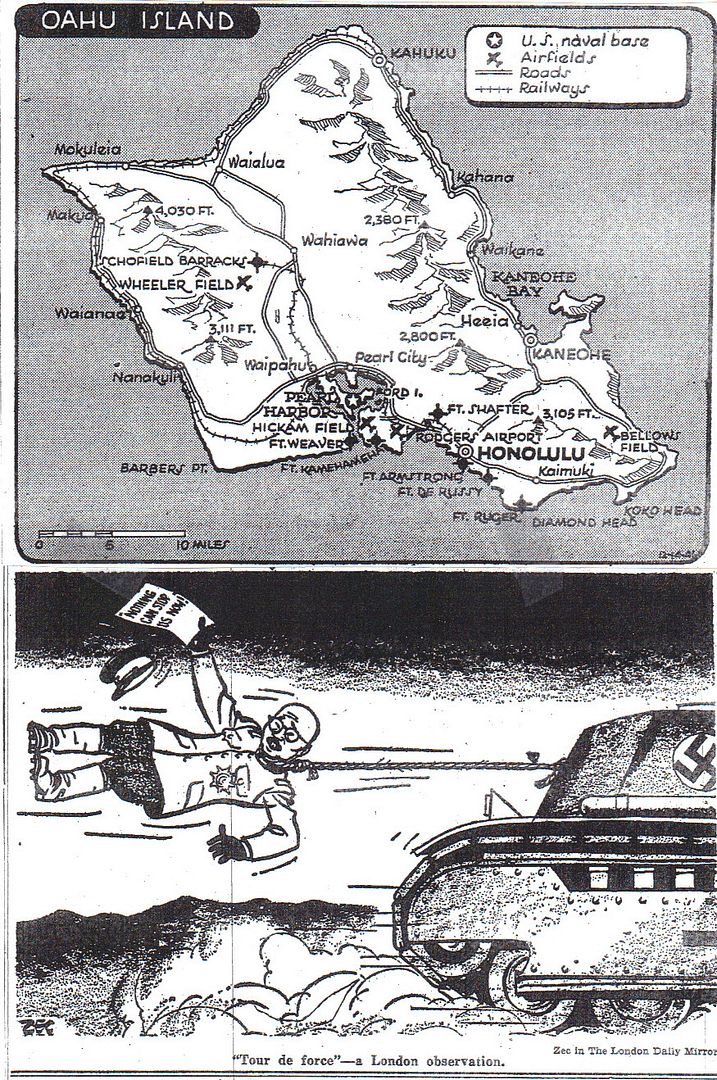
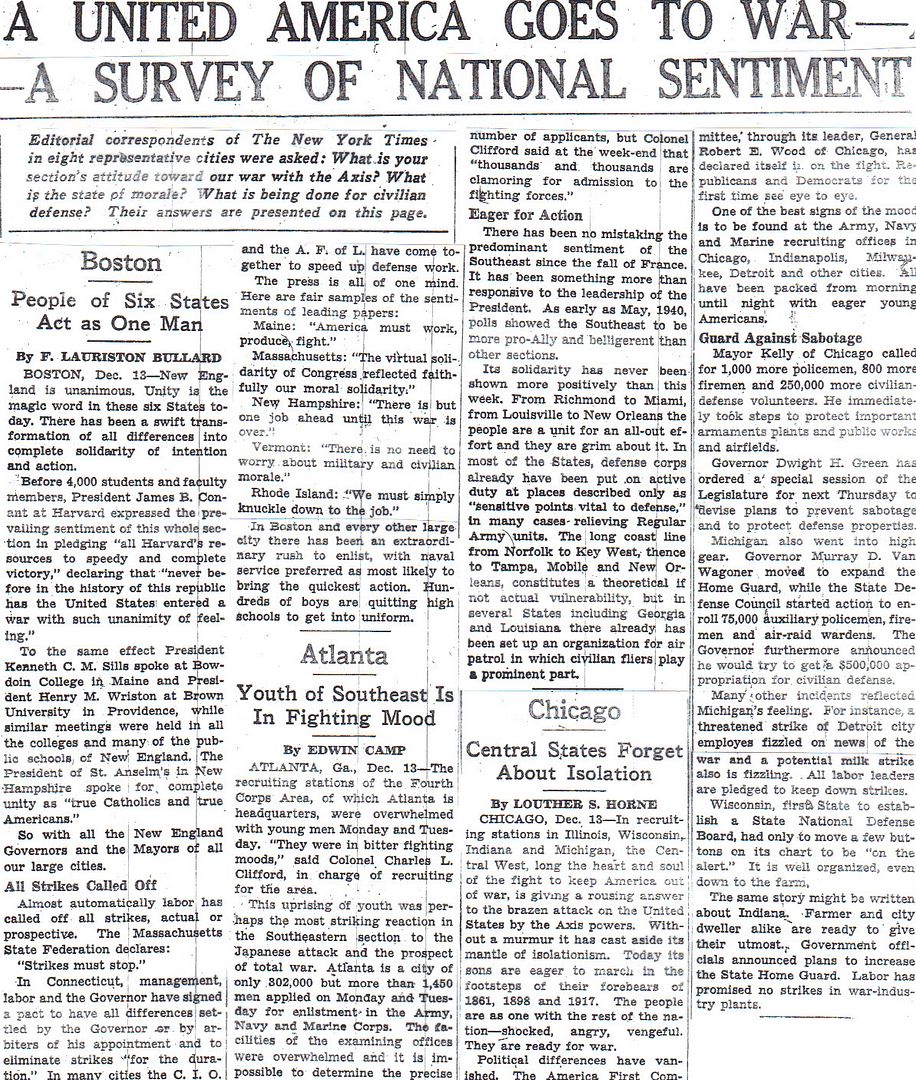
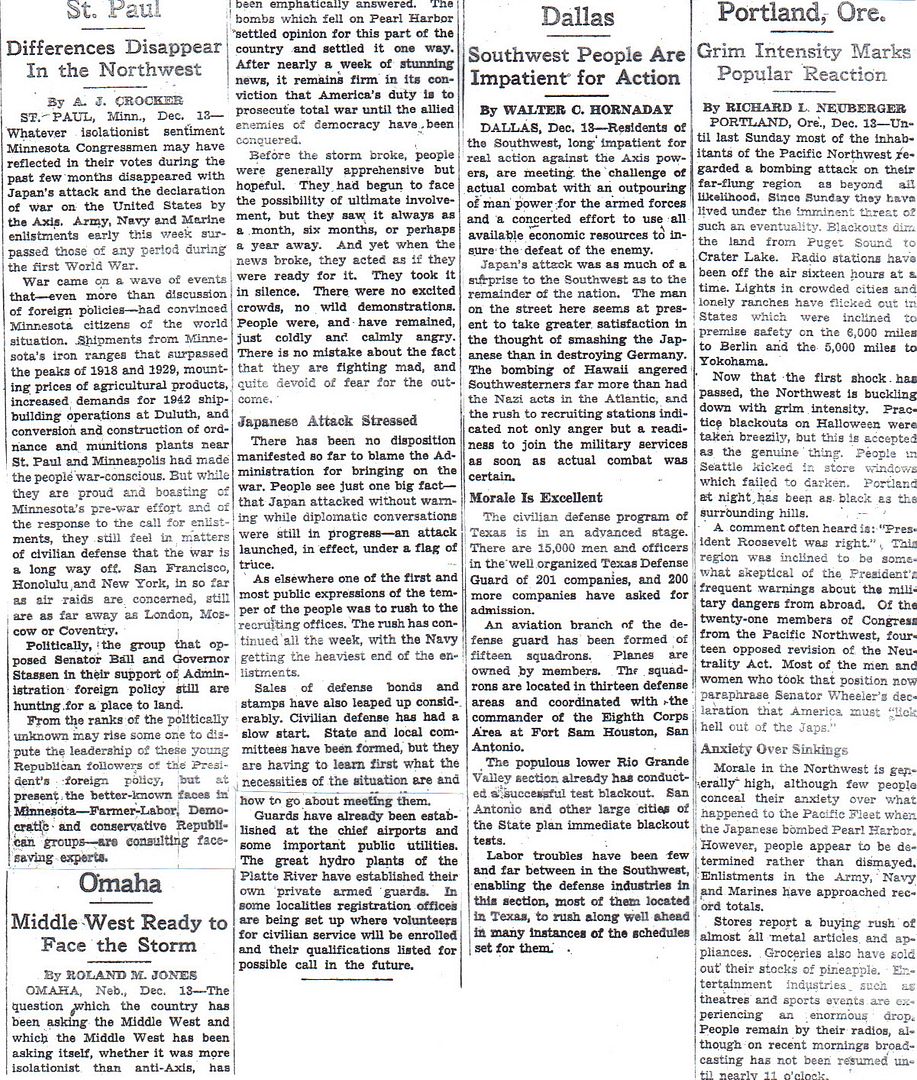
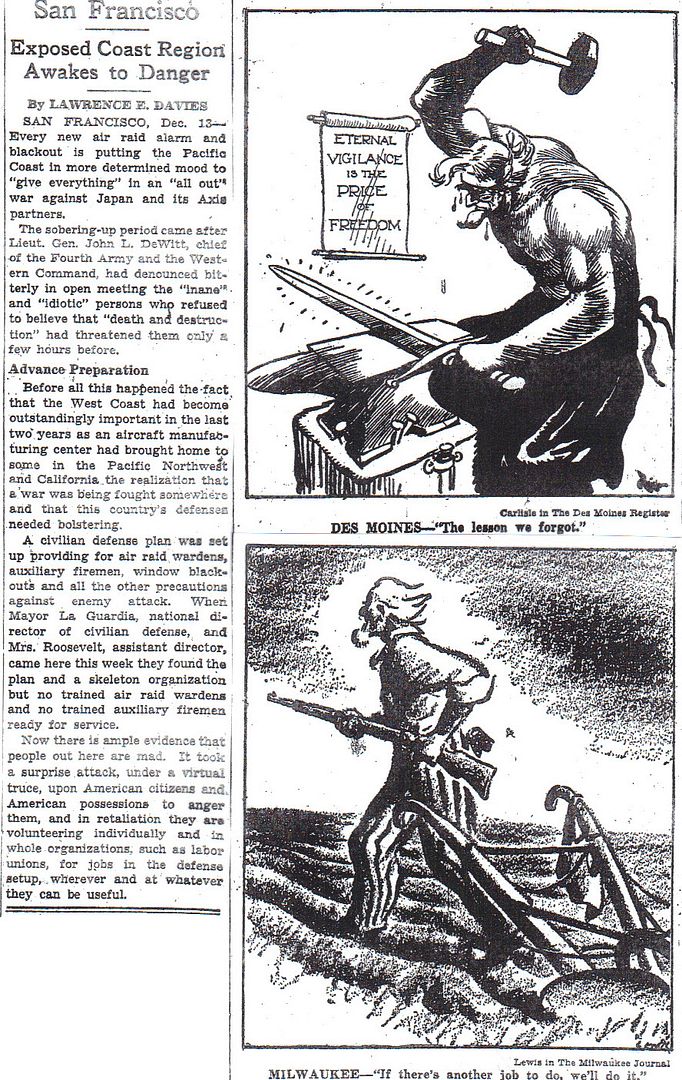
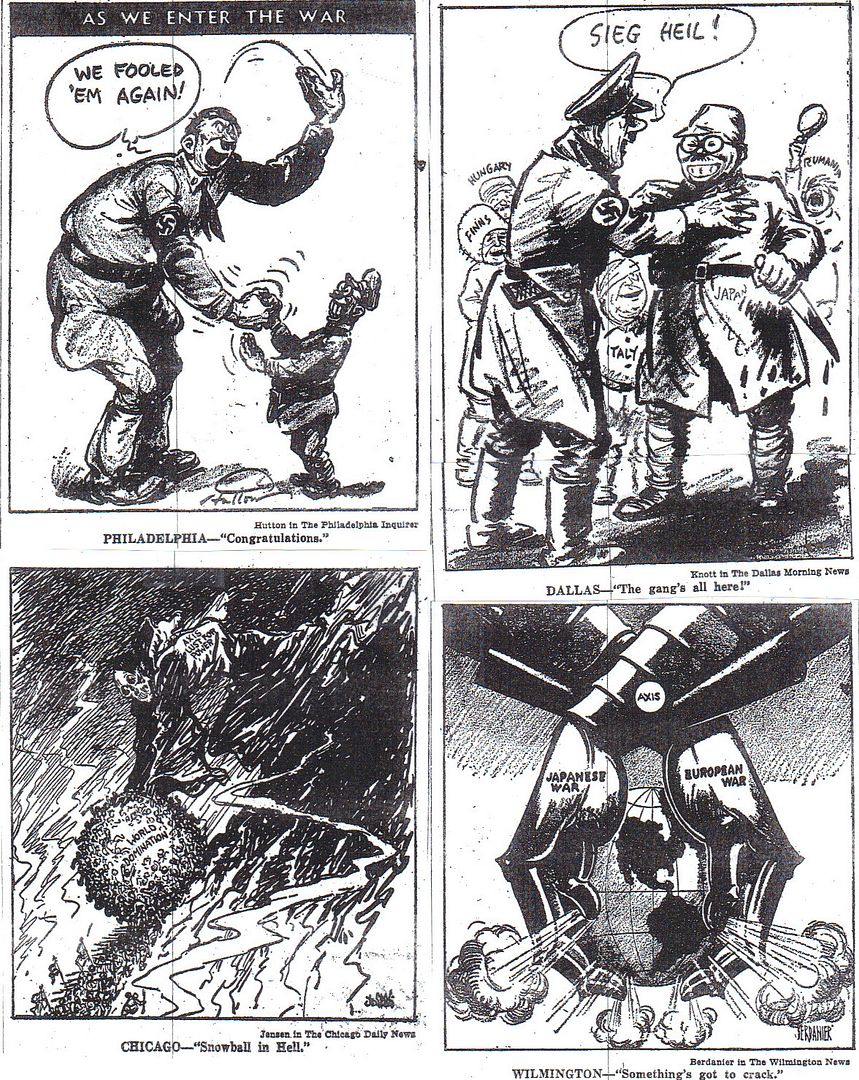
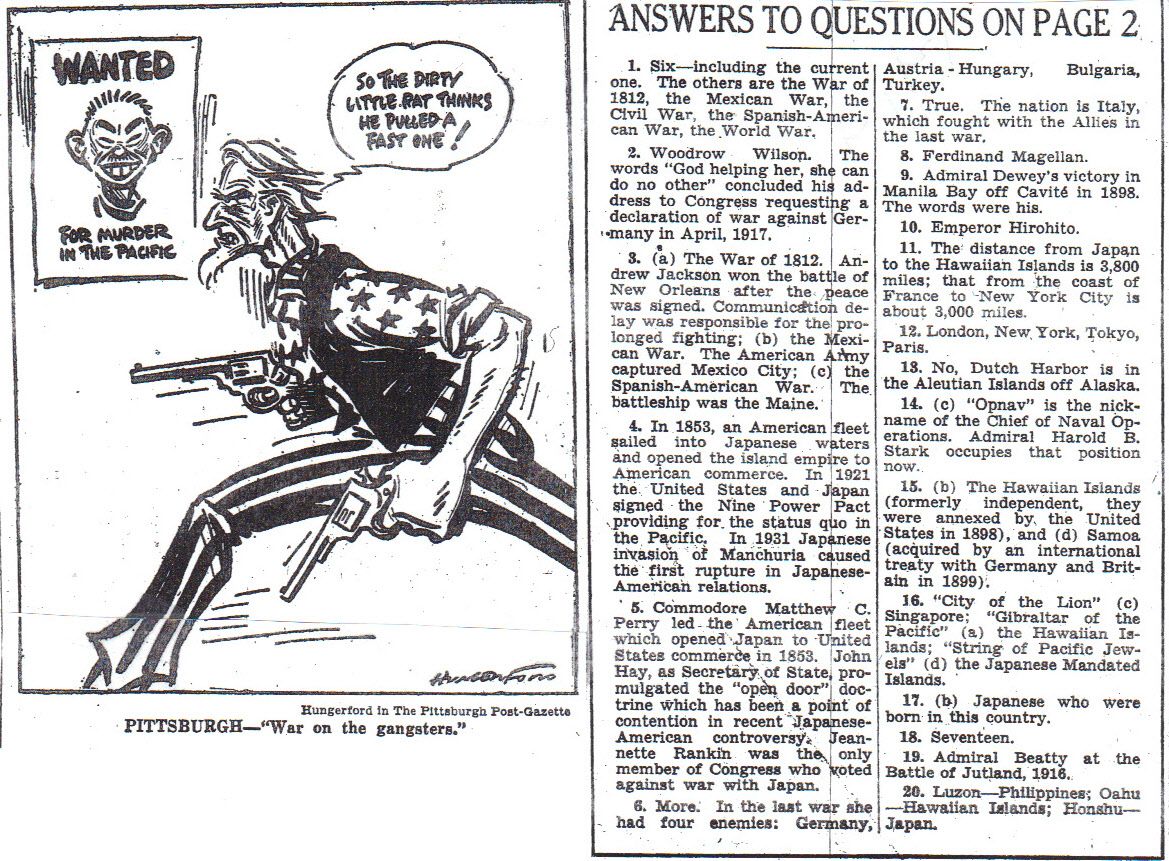
I’ll wait and see once I have my outline layed out before I decide on that. There is a lot of other things I want to cover in that paper.
In the mean time I’ll wait to see what you have on MacArthur. I’ll be interested to read it.
Geez, I hope those were destroyed on the ground. I’d hate to think that someone got killed trying to fly one.
Most of the "combat" aircraft in the Philippines were arguably best left on the ground as decoys or used for reconnaissance and transport.
The U.S. Army Air Corp pursuit squadrons in the Philippines began 1941 flying P-26's as they had not yet been upgraded to P-35A's.
In January, the first P-35A's from a consignment originally intended for Sweden began arriving in the Philippines. As a Swedish consignment, their instruments and manuals were also in Swedish. Never-the-less, by May 1941, the American fighter (pursuit) squadrons finally completed their transition from P-26's to P-35's.
I believe the Philippine Army Air Corps 6th Squadron was then upgraded from Stearman's to these surplus P-26's in the May 1941 - Oct 1941 timeframe when a dozen or so of the antiquated Peashooters were handed over.
As an FYI, I did speak with my friend about the ability of an analyst to recognize unique characteristics of an individual machine transmission. He indicated that in theory, it should be possible but owing to the tight tolerances of the machine, an oscilloscope would have been required to display the waveform. The combination of aural and visual patterns would over time become recognizable to a skilled analyst, at least in determining the type of machine in use.
Within a machine type, differences could be determined but drawing specific conclusions would be difficult as variables such as machine maintenance would affect the nature of a transmission. That an analyst detected different transmission characteristics from transmission to the next might only mean the unit had been serviced, etc.
He also indicated that by just listening to manually transmitted morse signals, a skilled listener could determine the type power supply being used which would aid in IFF.
In the mean time I’ll wait to see what you have on MacArthur. I’ll be interested to read it.
Don't expect a lot of info, I always try to address specific criticisms rather than just providing a large data dump. In this case, I will address some of the criticism's you and other posters have offered up against MacArthur. I was trying to give GreenLantern a chance to respond to some of my questions but so far, he hasn't.
On Dec 10, 1941, Capt. Jesus A. Villamore led a formation of three antiquated Boeing P-26 Peashooters against a Japanese bomber formation. In the ensuing battle Capt. Villamor was credited with breaking up the bomber formation and downing one bomber. Capt. Villamore was awarded the D.S.C. for his actions that day.

Boeing P-26 Peashooter
Powerplant: 1 × Pratt & Whitney R-1340-7 "Wasp" radial engine, 600 hp
Maximum speed: 234 mph at 6,000 ft
Combat radius: 360 mi
Guns: 2 × .30 cal M1919 Browning machine guns or 1 x .30 caliber and 1 x .50 caliber machine guns
Bombs: 2 × 100 lb GP bombs or 5 x 31 lb) anti-personnel bombs
He should have gotten a MoH. I wouldn’t want to fly those against “Claudes” much less Zeroes.
Disclaimer: Opinions posted on Free Republic are those of the individual posters and do not necessarily represent the opinion of Free Republic or its management. All materials posted herein are protected by copyright law and the exemption for fair use of copyrighted works.